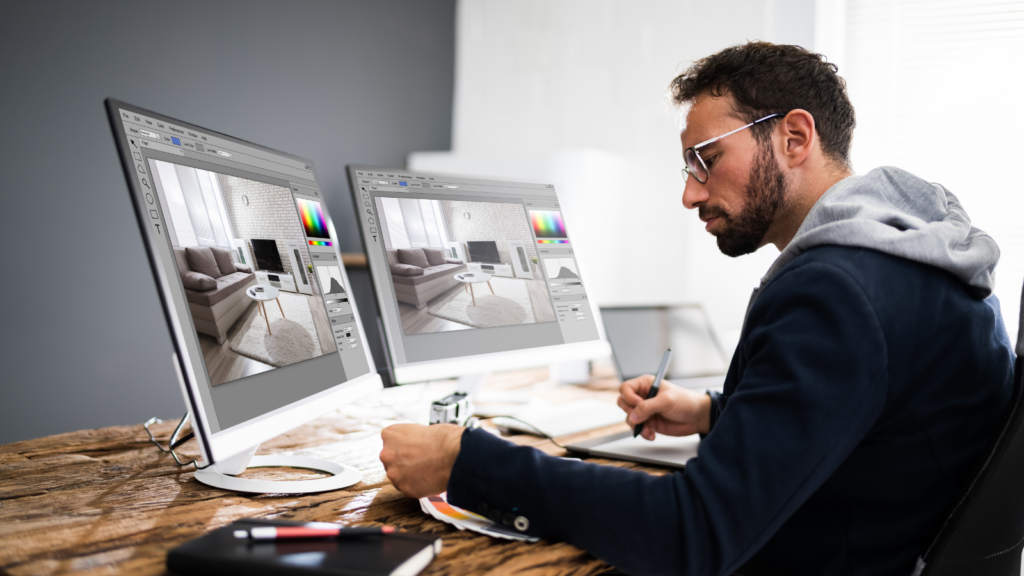In the realm of photography, the devil’s often in the detail. One such detail that can make or break a picture is cropping. This art of trimming an image to enhance its focus, composition, and impact is an essential skill for any photographer.
Photo Cropping Techniques

The sophistication of photo cropping lies not just in the act of trimming an image, but in finding the optimal perspective and focus. It’s a powerful tool that dramatically impacts the final image.
Through cropping, photographers can direct a viewer’s gaze and create dynamic compositions. For example, cropping to the subject’s eyes in a portrait enhances the emotional connection between the viewer and the subject. Additionally, cropping can reshape images, thus improving their compatibility with diverse media formats.
Various Photo Cropping Techniques
Building upon the importance and sophistication of photo cropping, let’s delve into some specific techniques. Each technique possesses its nuances and potential impacts on the final image.
Rule of Thirds Technique
This technique hinges on breaking down the image into thirds. The concept works by dividing your frame into nine equal sections. You do this by using two horizontal and two vertical lines. Placing the focal points, or the most critical elements of your picture, at the intersections of these lines usually results in compelling compositions. For example, a photographer might set a horizon line along the bottom third line of the grid to emphasize a dramatic sky.
Golden Ratio Technique

The Golden Ratio Technique is a cropping rule closely related to the Rule of Thirds. However, it focuses on a ratio of approximately 1:1.618. The visual representation of this rule results in what looks like a spiral, often called the Golden Spiral. Positioning the subject or the critical elements of your scene along this spiral creates pleasing, harmonious compositions. Take, for instance, a portrait photograph, with the subject’s eyes placed along the spiral, can bring out a sense of depth and intimacy.
Diagonal Method Technique
While less known, the Diagonal Method Technique is powerful for enhancing dynamism and visual tension in your photographs. The idea is to draw diagonals from corner to corner of your composition, creating four lines intersecting the center. By aligning your prominent elements along these lines or their intersections, you can direct viewer attention while bringing a sense of balance and movement to your images.
How to Crop Photos for Different Purposes
Every purpose demands specific cropping techniques. Here’s a unique guide dedicated to cropping for various purposes such as social media, print, and digital display.
Cropping for Social Media
Social media platforms often require specific aspect ratios. For instance, Instagram favors square images (1:1), while Twitter prefers wider shots (2:1). Cropping your photos accordingly improves user engagement. A photographer might emphasize the faces in a group shot to engage Instagram viewers, or panoramically trim a beautiful landscape for Twitter, hence redefining the viewing experience.
Cropping for Print
Cropping for print depends on the frame, page, or album dimensions. Optimal print dimensions like 5×7, 8×10, or 11×14 inches demand specific aspect ratios. This allows the image to fit perfectly without unwanted blank spaces. For instance, portrait photos can be cropped to emphasize the subject, eliminating distractions, which eases their fitting into traditional frame sizes.
Cropping for Digital Display

Digital display cropping takes into consideration the screen’s aspect ratio, like 16:9 for HD screens. This ratio ensures the pictures fit the screen perfectly, providing a full viewing experience.
For instance, cropping a landscape photograph to a 16:9 ratio for an HD television display enables the viewer to witness the complete beauty of the scene without black boxes on the sides. Therefore, each aspect ratio serves its unique viewing context.
Guiding the Viewer’s Eye
Mastering photo cropping techniques can truly elevate a photographer’s work. It’s not just about removing unwanted elements, but also about guiding the viewer’s attention and creating a compelling narrative. With the right perspective and focus, cropping becomes a powerful tool that can transform an ordinary image into a striking masterpiece. So, whether you’re an experienced photographer or a novice, don’t underestimate the power of cropping. It’s an essential skill that can significantly improve your photography.



